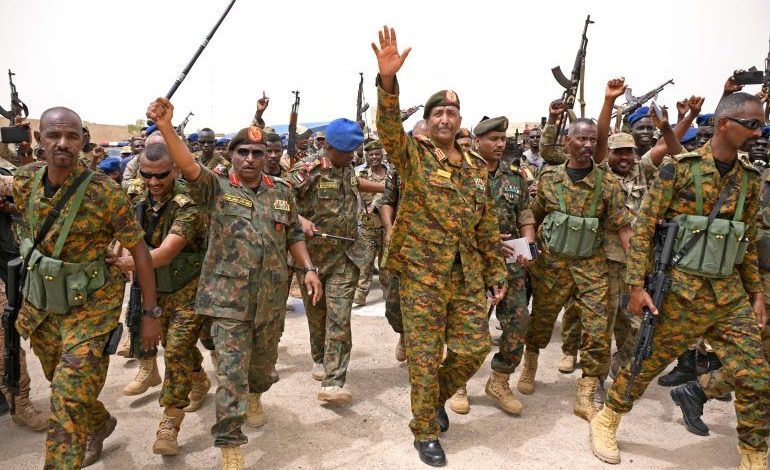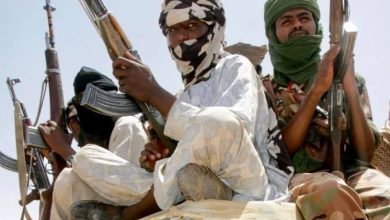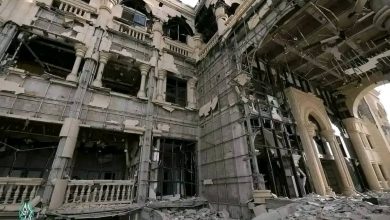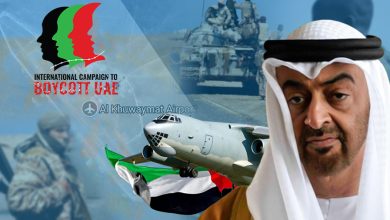El Obeid: The Importance of Breaking the Siege on the City

Report by Fath Al-Rahman Shabarqa
The Sudanese army’s significant advance on Sunday, breaking the siege on El Obeid, marked a pivotal shift in battlefield operations. The city, with its strategic and military importance, had been under a strict blockade by the Rapid Support Forces (RSF) since the war began on April 15, 2023.
In recent months, the momentum of victories has strongly favored the Sudanese army, which transitioned from a defensive stance to an overwhelming offensive, reclaiming key cities and strategic locations across multiple fronts.
Breaking the siege on El Obeid—also known as the “Bride of the Sands”—is a landmark event with far-reaching consequences, as outlined below.
What Do We Know About El Obeid?
El Obeid, the capital of North Kordofan State, is strategically located in western-central Sudan and is rich in natural resources. It is connected to various regions of the country through a network of roads and air routes, making it a vital hub for trade and commerce. The city serves as a key market for essential agricultural products such as gum arabic, sesame, watermelon seeds, hibiscus, and peanuts. Additionally, it is situated in an area abundant with livestock.
El Obeid is home to one of Sudan’s oldest military divisions, the Camel Corps (Al-Hijana), and has played a crucial role in shaping Sudan’s political and military landscape. The city has produced prominent Sudanese political leaders, including Ismail Al-Azhari, the leader of Sudan’s independence movement, and Field Marshal Abdel Rahman Swar Al-Dahab, along with many other influential figures in Sudanese politics.
What Is the Strategic and Military Importance of El Obeid?
According to Major General (Ret.) Mustafa Ibrahim Aboud, former Director of Military Judiciary and Deputy Director of the Strategic Research Center at the Supreme Security Academy in Sudan, El Obeid holds critical strategic and military significance. It serves as a central node in defense and security strategies while also being a major commercial center due to its location, infrastructure, and economic and military value.
Speaking to Al Jazeera Net, Aboud highlighted that El Obeid’s proximity to conflict zones in Darfur and South Kordofan has made it a key gathering point for humanitarian and military operations during times of crisis. The city’s airport plays a crucial role in both civilian and military aviation, facilitating air operations in western Sudan. Additionally, its extensive road network enhances its logistical importance.
El Obeid hosts several significant military camps and barracks, contributing to regional stability. It has long served as a primary troop deployment and supply hub, supporting military operations when needed. Aboud emphasized that the city is a strategic military base for the Sudanese Armed Forces, particularly in countering security threats in western and southern Sudan. Historically, it has functioned as a key logistics and supply center for military operations.
What Are the Implications of Breaking the Siege?
Brigadier General Omar Abdel Rahman Bashari of the Sudanese army told Al Jazeera Net that El Obeid had been under siege and isolated since the outbreak of the war. RSF forces had targeted El Obeid Airport and Sudanese Air Force fighter jets stationed there.
Bashari described the lifting of the siege as a major turning point in the “War of Dignity,” bringing the army closer to defeating the rebel militia. He noted that this victory was a severe blow to those backing the RSF with financial and logistical support, including foreign mercenaries.
He emphasized that the strategic and military importance of El Obeid stems from its geographical location. The entry of “Al-Sayyad Force” (a combined force of the Sudanese army, allied factions, and mobilized fighters) into El Obeid opened a new supply route via the Kosti-El Obeid road, easing the suffering of North Kordofan’s residents and restoring essential services to the city.
Militarily, Bashari explained that this breakthrough would facilitate military resupply, allowing the Sudanese Armed Forces to continue executing their strategic plan to eliminate the RSF rebellion. El Obeid is now positioned as a staging ground for operations westward toward An-Nuhud and Al-Fashir, then onward to Nyala, Zalingei, Geneina, and finally, Ed Daein.
He added that this development will significantly impact upcoming military operations, accelerating the complete eradication of the Dagalo militia, leading to the liberation of Sudan and paving the way for nation-building based on justice, stability, and balanced development.
How Will This Affect Future Military Operations in Darfur?
Sudanese Armed Forces spokesman Brigadier General Nabil Abdullah told Al-Karama newspaper:
“Our forces joining with Al-Hijana (Camel Corps) effectively means securing the route to El Obeid, linking eastern, southern, and northern operational fronts with the western front. This will enhance mobility and widen maneuvering capabilities for our forces in the Sudanese theater of war.”
What Is the Direct Impact on RSF Supplies?
Political analyst Babiker Yahya highlighted the immediate repercussions of breaking the siege on El Obeid. Speaking to Al Jazeera Net, he explained that this development would cut off RSF supply lines to Khartoum, making it much harder for RSF fighters to move from Darfur to Kordofan and then to Khartoum.
Yahya also pointed out that tribal groups allied with the army—such as Dar Hamid and Hamar tribes in North and West Kordofan—had faced logistical challenges under the RSF blockade. The siege lift would improve coordination and supply lines for these tribal militias.
He noted that over 10,000 fighters in El Obeid would now have access to weapons and reinforcements, enabling them to launch operations to reclaim Kordofan from RSF control.
Additionally, the reactivation of El Obeid Airport would facilitate military and civilian air traffic, reducing travel distances and disrupting RSF movement across Kordofan and Darfur. This would also enhance Sudanese airspace surveillance and control.
What Was the Public Reaction?
The Sudanese army’s victory in breaking RSF’s siege on El Obeid was met with widespread popular celebration across Sudan. People expressed their joy in various ways, welcoming the army’s success.
El Obeid itself witnessed grand celebrations, while Al-Rahad—a nearby town—hosted massive public gatherings in support of the army’s victory. The liberation of El Obeid, given its great significance to the people of Al-Rahad and Sudan as a whole, was seen as a momentous achievement.
(Source: Al Jazeera Net)



